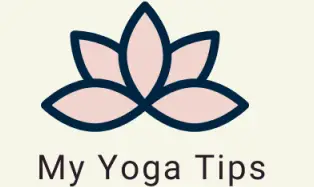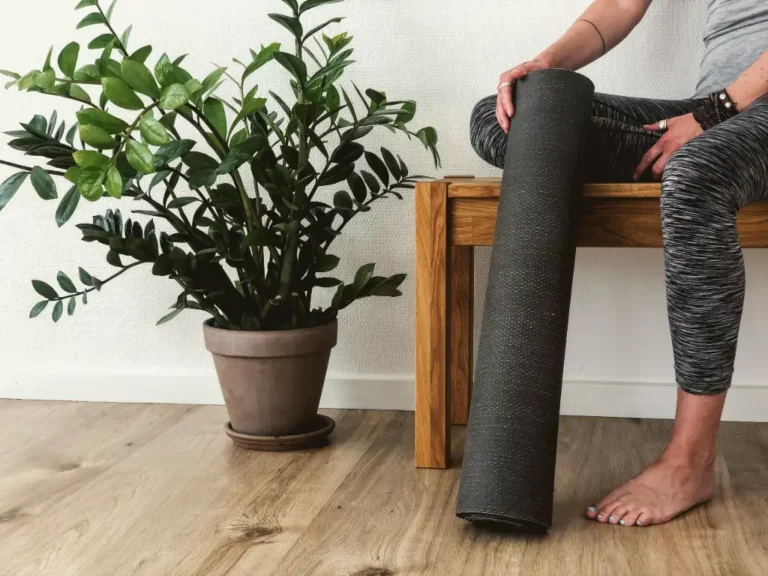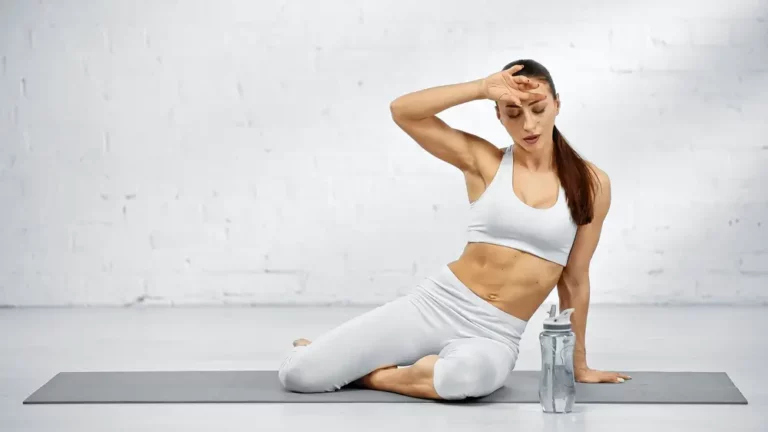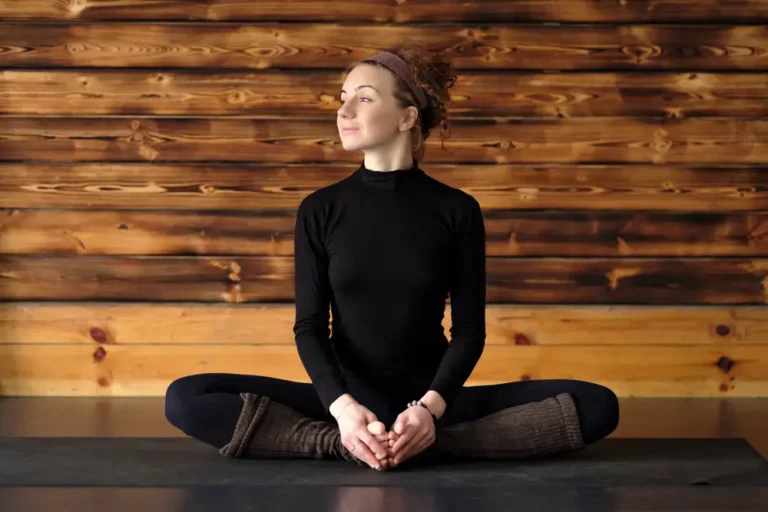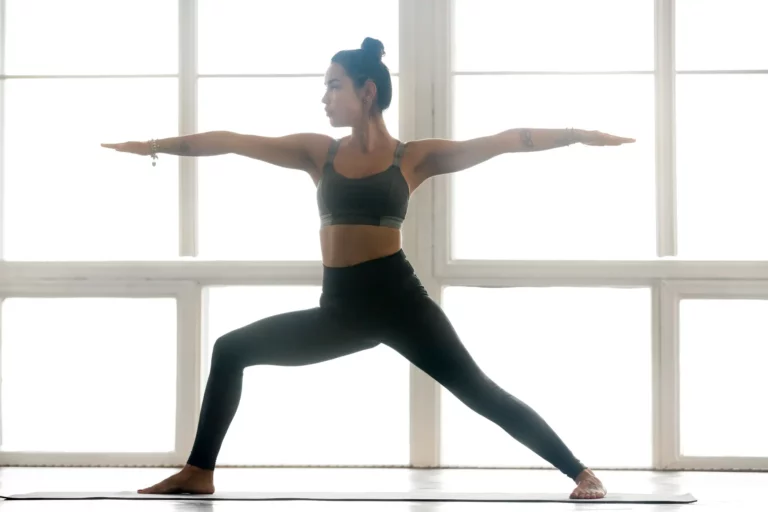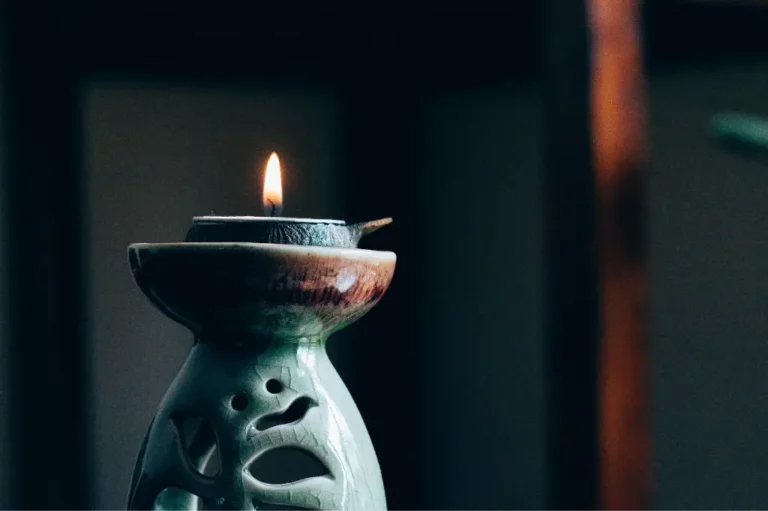How To Create A Yoga Routine In 8 Steps
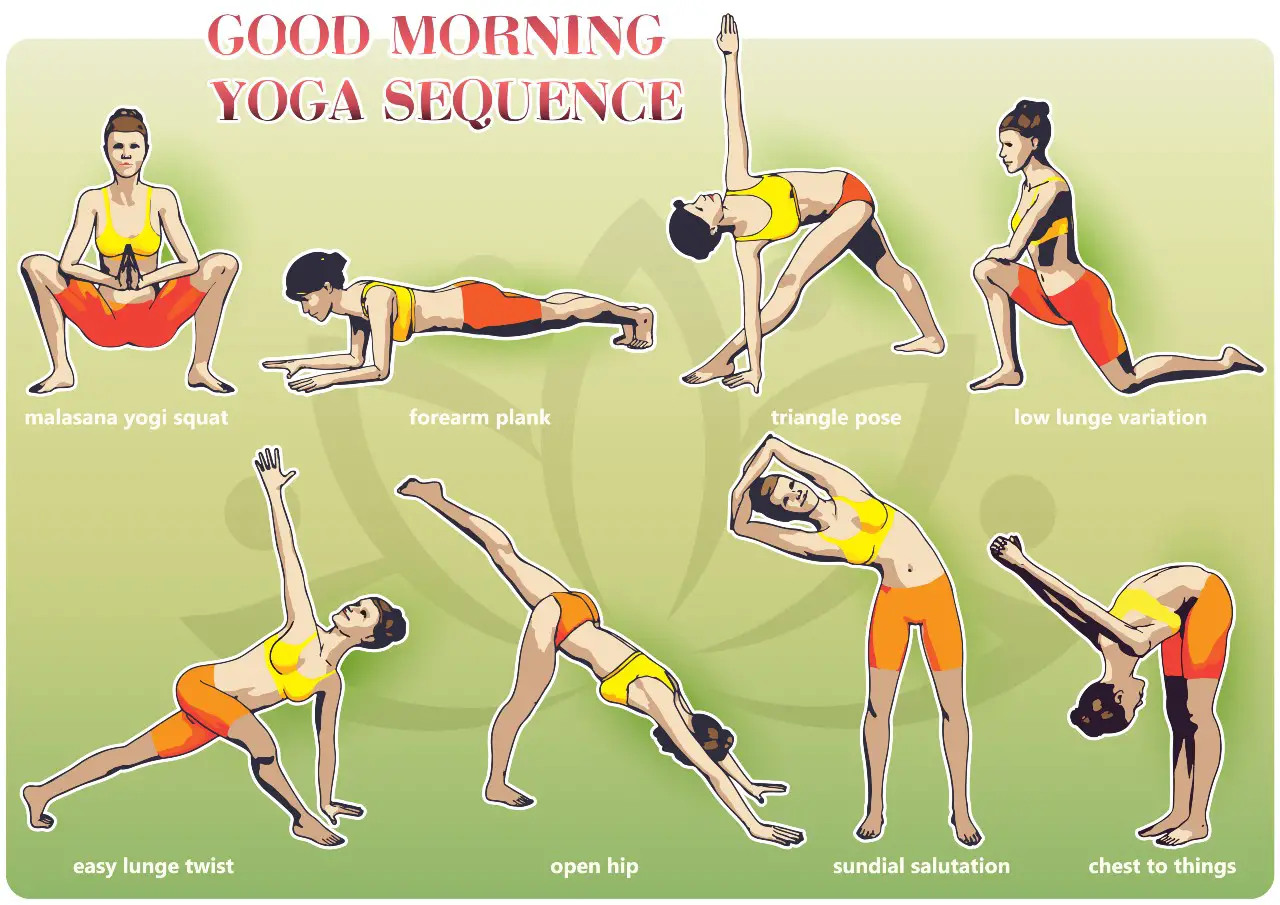
If you have been going to yoga classes for a while but want to start developing your home practice, coming up with your own yoga routine can seem quite daunting. You have to decide which poses you are going to do, what order you are doing them in, and how long you do each one for.
To create a yoga routine, start with some breathwork and gentle stretching. Move ontomore dynamic stretches and poses and spend time working on a challenging pose. Do some balancing poses, as well as some seated and prone poses. End the session with a few minutes of meditation in corpse pose.
Yoga routines all follow roughly the same structure. We can use this structure to help us create our own yoga routine. Here, we discuss step-by-step how to develop your own yoga routine. We’ll give you tips on which poses to include at every stage of the routine
8 Steps To Create A Yoga Routine
Yoga teachers have a tried and tested method of creating great routines. They all follow a basic framework that divides the yoga routine up into six sections:
- Grounding breathwork
- Stretch and warm up
- Sun and Moon Salutations
- Standing and balancing postures
- Seated and supine poses
- Corpse pose/Savasana
Within each section, there is ample room for creativity. You can decide which poses you want to do in each section and in what order. But it is best to keep the six sections themselves in order because each one builds on the one before.
Follow these steps to develop a yoga routine with a logical sequence of poses that flow well into one another:
- First, determine how long you want your yoga routine to be – 30 minutes, an hour, maybe longer? Knowing the timeframe from the beginning will help you know how much time to allocate to each section of the routine.
- Next, decide on a theme or intention for your yoga routine. This will help you decide which poses to include in the routine. During your practice, an intention helps to keep you focused and centered. For example, if the purpose of your yoga routine is to empower yourself, you can choose strong, energizing poses. Or, if your intention is to open your hips, choose poses that focus on your hips.
- The first section of a yoga routine is all about quieting your mind and using breath to prepare the body for your yoga practice. For an hour-long routine, you should spend the first 5 minutes doing meditative breathing. You can be seated or lie down with your eyes shut. Focus on bringing your awareness to your breath and how it feels in your body.
- The next section is about getting your body ready for movement by warming up the muscles and joints. Do some gentle stretching poses. For an hour-long yoga session, spend 10 minutes stretching.
- Sun and Moon Salutations are basic sequences of movements. They are an excellent way of starting a yoga routine because the poses are stretching and strengthening. For a high-energy routine, do Sun Salutations. For a gentler, slower routine, do Moon Salutations. In an hour-long session, spend about 15 minutes on this section.
- Next, move into some more active poses. Standing and balancing poses require strength. This is the part of the routine when you really build up a sweat! Choose one challenging pose that you would like to focus on in this section, like a crow pose or an arm balance. Spend 15 minutes on this section if you are doing an hour-long routine.
- Spend the next 10 minutes down on your mat doing supine and seated poses. This section is where you can start to slow things down. Stretch deeply and really feel into each posture as your body begins to cool down.
- The last section of the routine is the final resting pose. As you lie on your back, arms at your sides, legs slightly apart, try to relax every muscle in your body. Focus on your breathing and think back to your intention. This part of a yoga routine is to integrate your mind and body.
Ideas For Poses To Choose When Creating A Yoga Routine
If you are at a bit of a loss when trying to think of poses to do in each section of your routine, here are some suggestions:
- For the first section, you can be in a seated hero pose (kneeling) or just an easy pose (sitting with legs crossed). More advanced yogis can try lotus pose.
- For the second section, choose stretching poses like cat/cow, seated twists, seated lateral bends, child’s pose, side plank, and thread the needle.
- Sun and Moon Salutations flow through specific poses, like mountain pose, forward fold, halfway lift, downward dog, upward dog, cobra, low lunges, and chaturanga.
- For the fourth section of your yoga routine, choose strong poses like warrior 1, 2, and 3, tree pose, dolphin pose, plough pose, crescent lunge, chair pose, and eagle pose. If you are an experienced yogi, choose a challenging pose to work on in this section. For example, a headstand or forearm balance.
- Seated or supine poses that you can do in the fifth section of your yoga routine are: bridge pose, butterfly pose, wheel pose, boat pose or a shoulder stand.
- There is only one pose you need for the final section of your yoga routine – savasana or corpse pose.
Read my article about 6 Ways To Make Your Yoga Routine Actually Stick
Tips For Enjoying Your Yoga Practice At Home
Practicing yoga by yourself at home feels very different to doing it at a yoga studio. To enhance your home practice, use the following tips:
- Create a dedicated space for yoga. Keep it clean and free from clutter. Add some candles, crystals, or any other objects that bring you peace.
- Play some music while you practice yoga. Find a playlist you enjoy with songs that calm and inspire you.
- Turn your cellphone onto airplane mode so that you are not distracted during your practice.
- Aim to practice at the same time of day each time. Having a consistent routine is grounding.
- Get into the mood for your practice by reading a poem before you begin. Choose something that relates to your intention for the session.
Conclusion
Creating your own yoga routine is simple and fun once you know the basic structure to follow. Determine how long you want your routine to be and allocate set amounts of time to each section. Choose poses for each section based on your intention for the routine.
